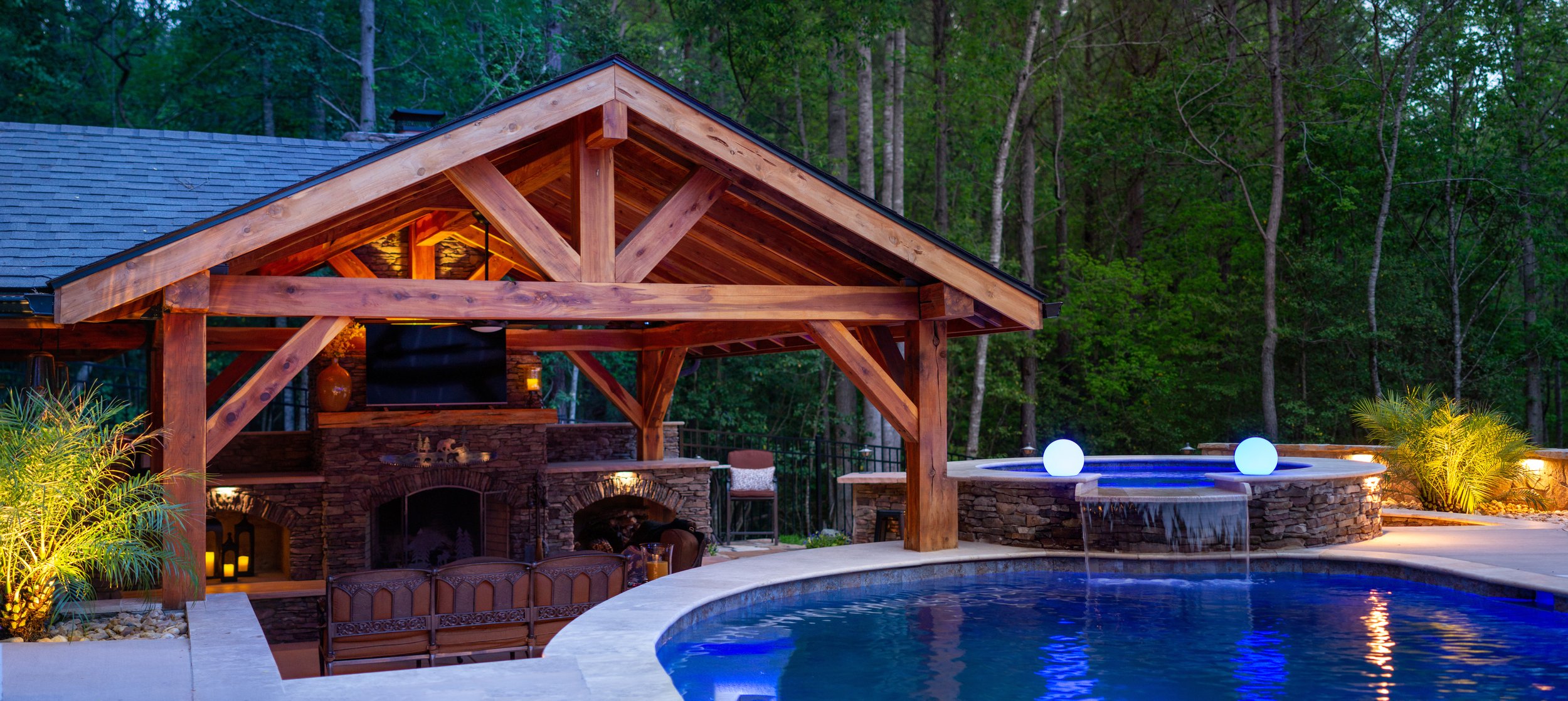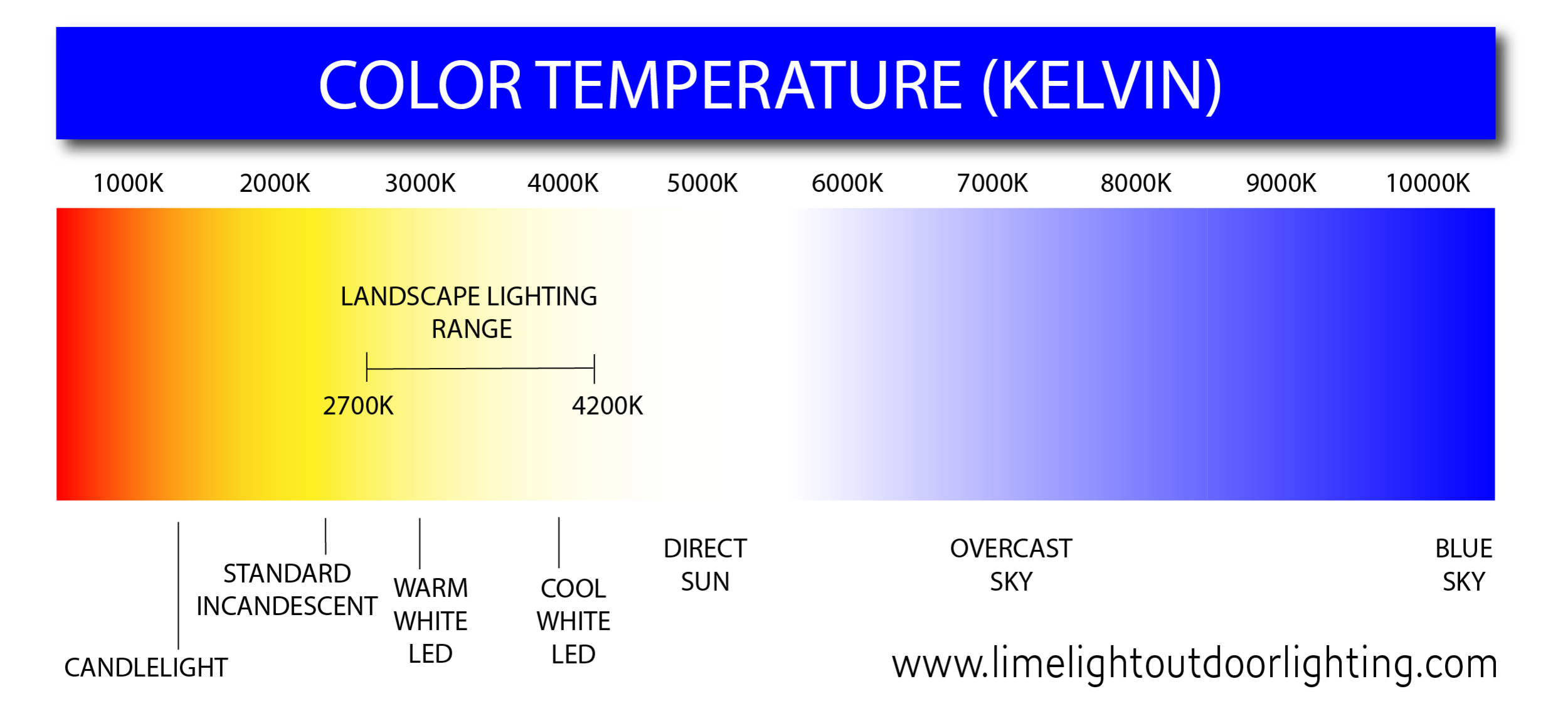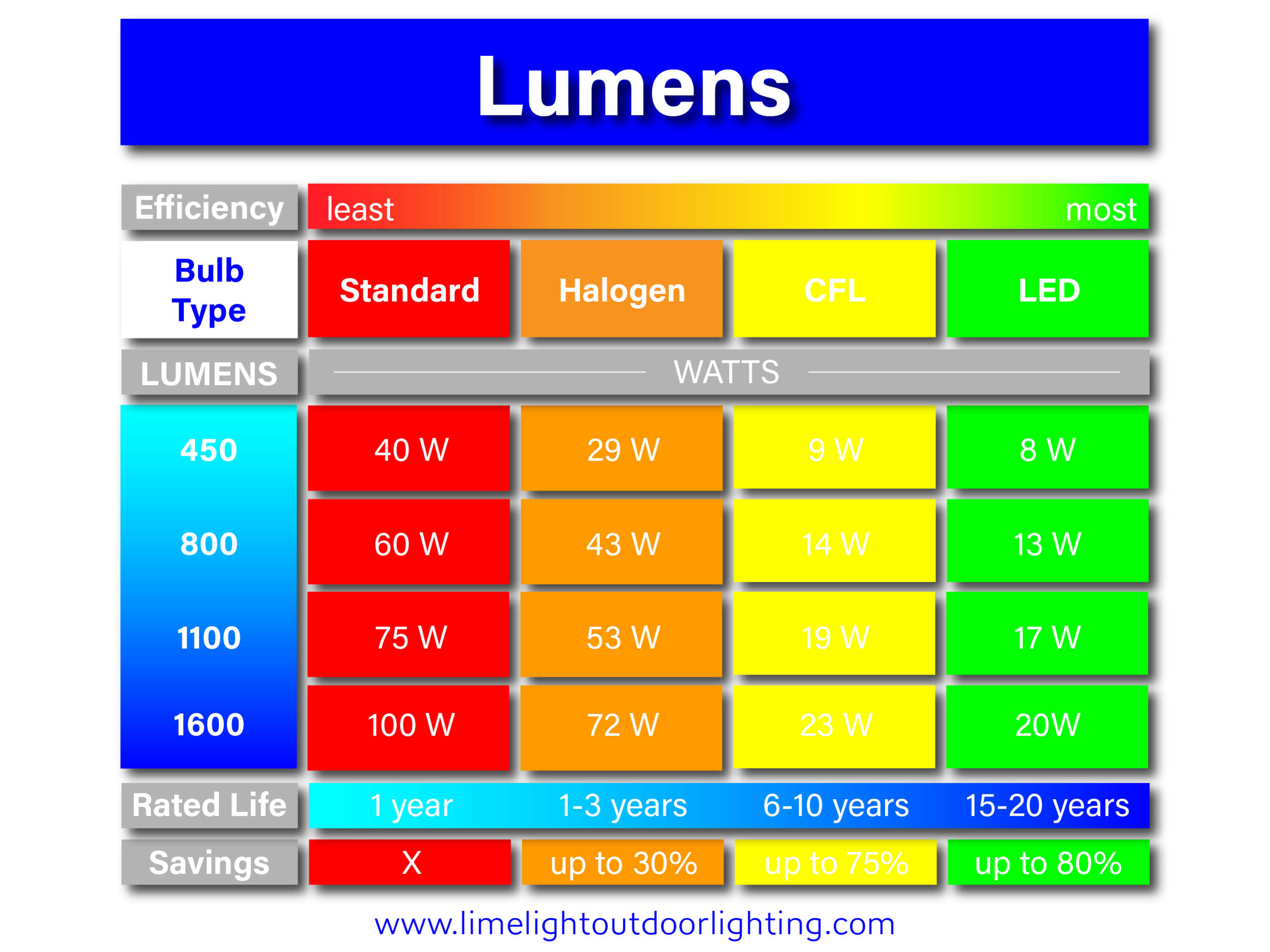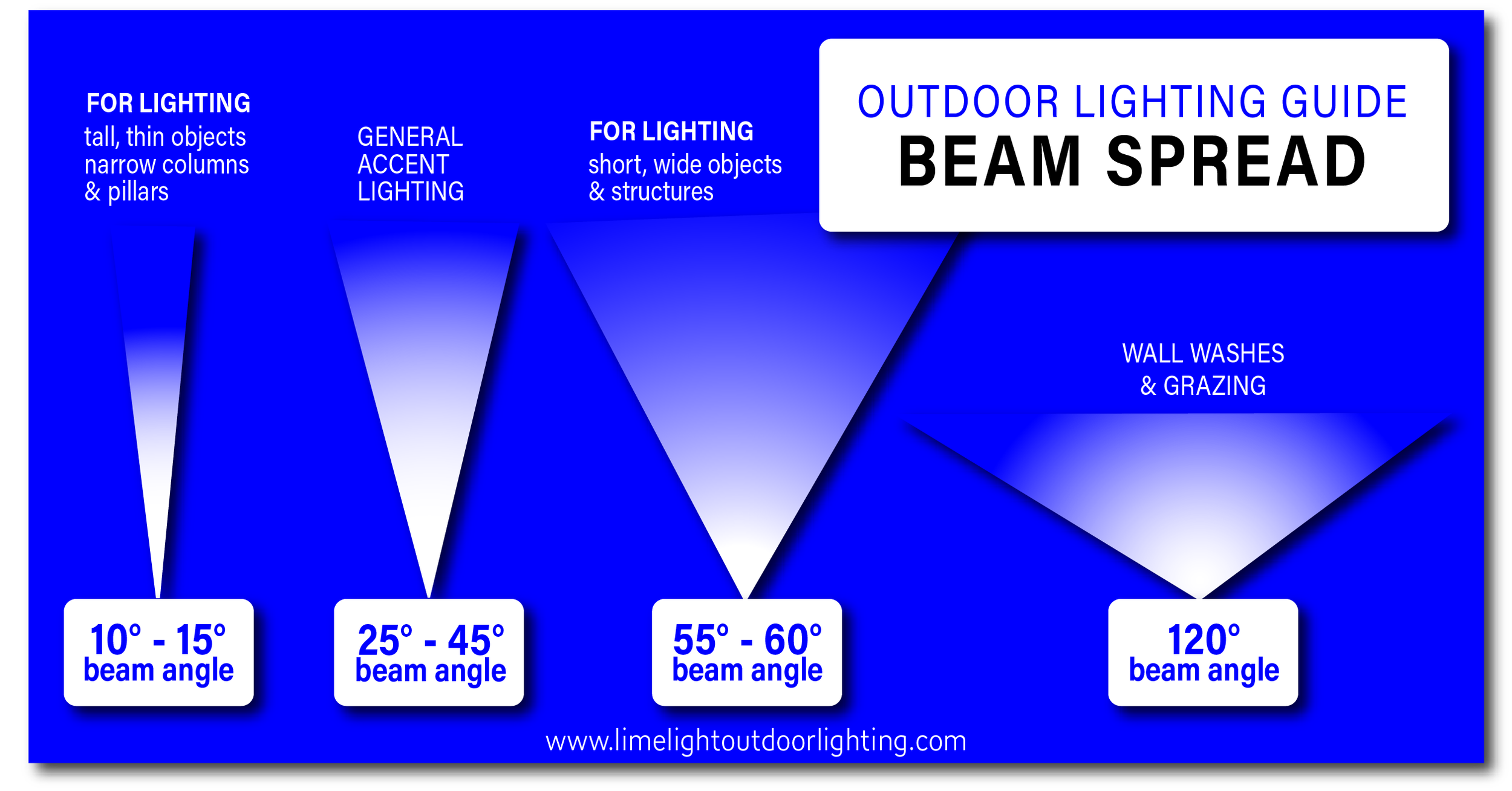Outdoor Lighting Basics – Kelvin, Lumens, Beam Spread
Photo courtesy of Hunter Industries Incorporated.
There are three important concepts to understand when designing an outdoor lighting system: Kelvin temperature, lumen output, and beam spread. Understanding what these numbers mean will help you choose the right light every time.
Kelvin Temperature for Landscape Lighting
A kelvin (K) is the SI unit of measurement for thermodynamic temperature. Simply speaking, the kelvin measurement will tell you the “temperature” or COLOR of the light. When you are selecting a fixture or lamp, just remember that orangish or yellowish light (“warm” colored light) is actually produced at lower temperatures (under 3000K) while bluish light (“cool” colored light) is produced at higher temperatures (over 4500K). The lower the temperature, the “warmer” the light and vice versa. For example, candlelight produces the “warmest” color of light and is at the lower end of the scale, about 1850K. Direct sunlight is right in the middle at about 5000K and blue sky is about 10000K.
One disadvantage of early LED lighting is that they often had a bluish tint to them—they had a high kelvin temperature. This is still true of less expensive LEDs. Be mindful of this when you are selecting fixtures. If you don’t want bluish light, make sure you select lamps or fixtures with a relatively low kelvin temperature.
The range of temperatures in landscape lighting is from about 2700K to 4200K and up, with 2700K being yellower, “warmer” light; 3000K being a clearer, “pure white” light; and 4200K being bluer, “cooler” light.
KELVIN TEMPERATURE EXAMPLE PHOTOS
This home provides a perfect example of the difference color temperature can make on the look of your landscape lighting. While color temperature is largely a personal preference. you will also want to consider the color of your stone, siding, or brick on your home as each different color and material will reflect the light differently. Notice that the brick of this home is a light neutral color with pink undertones. A home with red brick or painted white brick will reflect the light much differently.
2700K
3000K
4200K
Lumen Output for Landscape Lighting
A lumen (ln) is the SI unit of measurement for luminous flux or the perceived power of a light (BRIGHTNESS). Before the advent of LEDs, you could tell how bright an incandescent bulb was by how much power it consumed (the wattage). While watts were never a measure for luminous flux, wattage became associated with brightness. This caused much confusion when LEDs were introduced because they were visibly brighter but used a lot less power. Enter the lumen. Lumens allow us to compare all kinds of different lamps based on their luminous flux or brightness.
The number of lumens needed for outdoor lighting will depend on the location and intended use of the light. The normal range for outdoor lighting is between 50 and 700 lumens. For example, wall lights need around 50 to 185 lumens while lights for pathways and steps should have about 100 lumens. General landscape lights work best with 50 to 300 lumens while flood lights and motion sensor lights should be about 700 lumens.
Beam Spread for Landscape Lighting
Beam spread or beam angle measures the spread of light (width of the beam) from a light source. As light moves away from the light source, it spreads out and becomes less intense. When selecting the appropriate light, consider the width of the object or focal point that you want to illuminate. LED lights are great options because they offer a sharper, more precise angle and keep the light focused where you want.







